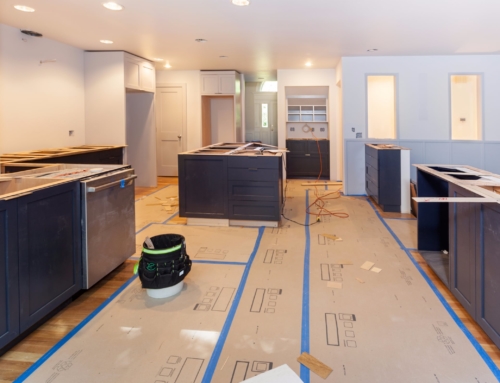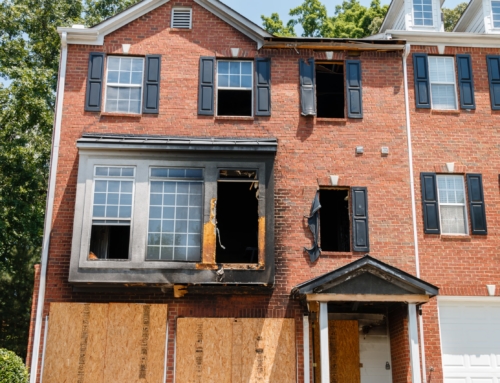When buying a home, building a new home, or remodeling an existing home, keep in mind design concepts that make your home welcoming for everyone, regardless of age or ability. You may find that such inclusive concepts, dubbed “universal design,” make sense both socially and for your budget.
Universal design holds that new environments and products, to the greatest extent possible, should be usable by everyone regardless of age, ability, or circumstance. The concept goes beyond making houses handicapped-accessible and transcends “aging in place,” a recently coined phrase that refers to the modifying of homes so older owners can stay in one place longer. Universal design is a more proactive approach to building—incorporating good design that’s usable for the greatest number of people.
Universal design emphasizes open space with more maneuverability, no-step entries, and easy-to-use fixtures—all features that can be appreciated by a broad brushstroke of the population, potentially increasing the value of a home.
For example, including a no-step entry in the building of a house means that Aunt Sadie can come to visit with her wheelchair, a mother can push a stroller into the house, or a teen can roll a suitcase from the living room to the car. Instead of an unsightly ramp taking up the front yard, a builder can create a slightly elevated driveway with a gradually sloped, landscaped walkway to the front door—without any entry steps. It’s design that’s functional as well as stylish.
“Universal design, by definition, is making spaces that are convenient, comfortable, and inviting to people of all ages, regardless of their ability,” says Bill Owens, president and owner of Owens Construction in Powell, Ohio. As a certified aging-in-place specialist (CAPS), Owens develops and teaches universal design and aging-in-place curriculum nationwide through the National Association of Home Builders.
“These spaces benefit people of all ages, sizes, and abilities. Done well, it’s largely transparent. It’s not in your face. It has to be appealing. It has to have a transparent feel to it or mainstream America is not going to invest in it,” Owens says. “We try to insert good design in all that we do so it accommodates to the largest extent possible—that’s probably the key phrase—so you have an area that is convenient, comfortable, and inviting to the greatest extent of folks who might occupy that space.”
Benefits of incorporating universal design
Universal design features make good sense for people of all ages. Varied-height kitchen workspaces, for example, allow great flexibility, says Louis Tenenbaum, CAPS, universal design expert, aging-in-place coach, and independent living strategist.
“Why not have a place where you can sit down and cook and chop things?” he says. “If you have a countertop that is lower, a grandson can use that countertop when visiting, and he can help Grandma cook; you can sit and cut, instead of standing after a long day; a person who can’t stand can use it. It opens possibilities.”
A Chicago-based writer and editor, Eve Becker writes about personal finance, health and other topics. She is a former managing editor of Tribune Media Services.





